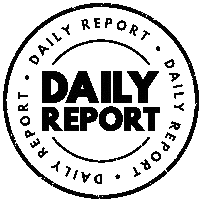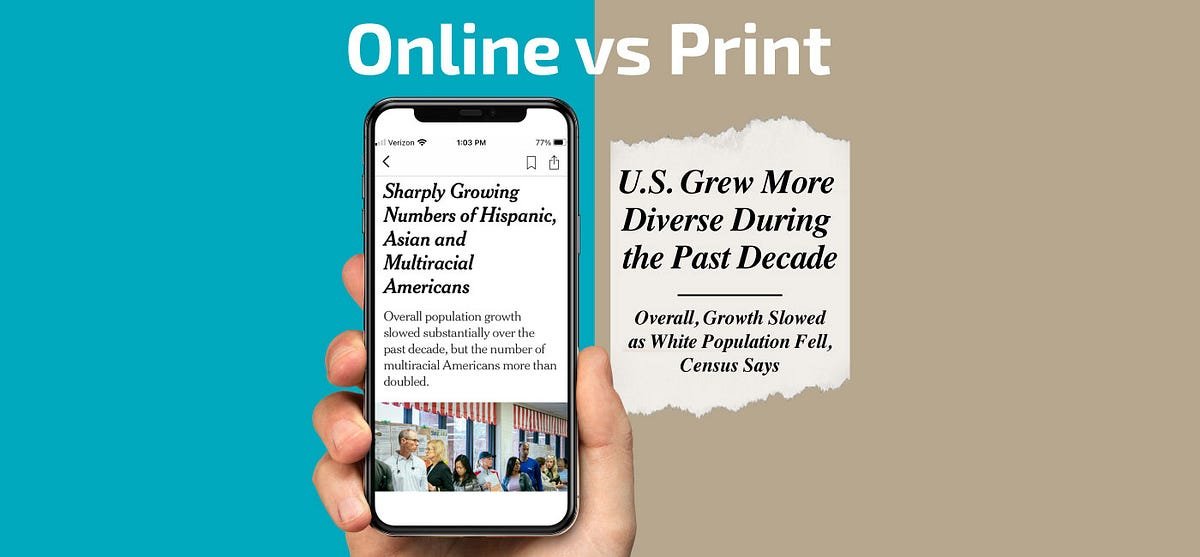(Note: Replace [Current Event] with the actual headline, e.g., “Global Tech Layoffs,” “A Major Oil Spill,” “A Government Surveillance Bill,” etc.)
Introduction
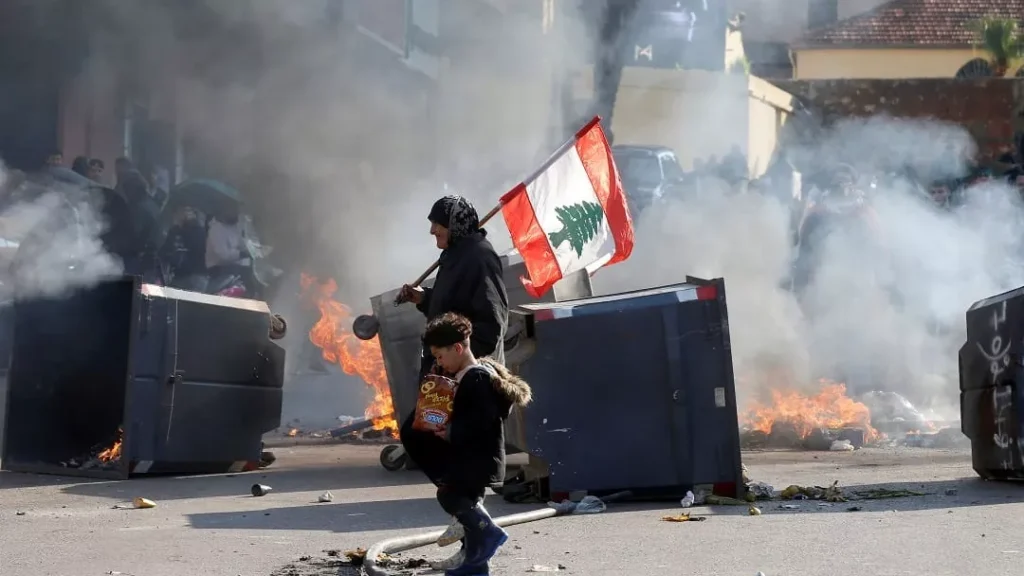
Begin with the viral image or headline capturing global attention. Highlight how mainstream coverage focuses on surface-level facts—dates, official statements, and data—yet misses the deeper forces, overlooked victims, and behind-the-scenes power plays. Set the scene: What changed in public perception? Why is there a conversation needed beyond headlines? Introduce your investigative journey, outlining the sources you’ve consulted—eyewitnesses, documents, experts, and on-ground reporting.
1. The Untold Backstory
a) Historical Context
Trace the roots: Was this event entirely new, or a culmination of long-simmering tensions?
- Economic—for instance, if it’s layoffs in tech, what fueled boom-and-bust cycles?
- Political—has policy precedent set the stage?
- Cultural—are societal attitudes influencing unfolding actions?
b) Hidden Players
Uncover key figures and groups unmentioned in headlines: corporate strategists, lobbyists, grassroots organizers. Share quotes from insiders or leaked memos revealing strategic decisions.
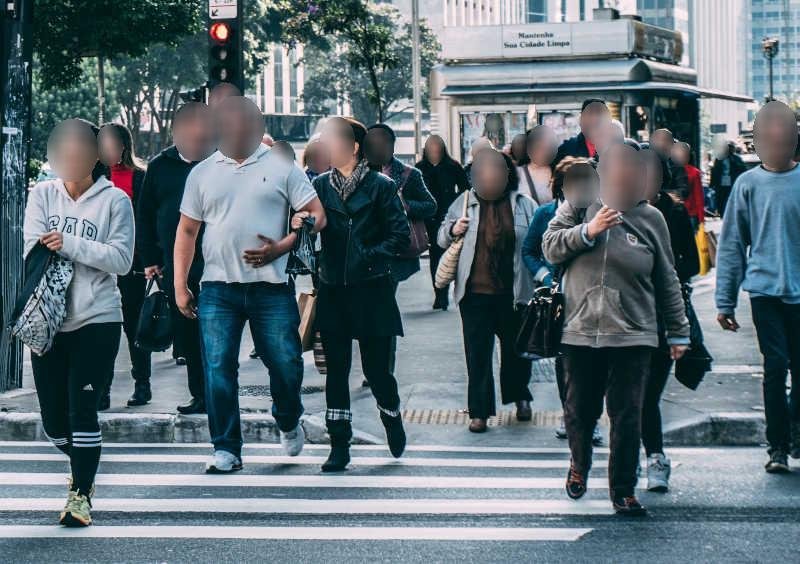
c) The First Hand Account
Include a compelling anecdote: A worker laid off with no warning, a citizen impacted by the policy, a resident affected by the spill. Personal stories build empathy and expose impacts beyond statistics.
2. The Real Impact
a) Community vs Corporate/Institutional Narratives
Contrast official statements (“we’re doing this responsibly”) with what’s felt locally: job losses, environmental damage, mental health crises.
b) Quantifying the Overlooked
Move past aggregated numbers—analyze deeper:
- Who truly bore the brunt—temporary hirers, marginalized groups?
- Map centers of impact, share regional or demographic breakdowns.
c) Expert Commentary
Consult economists, environmental scientists, sociologists. Contextualize initial reactions: “The immediate effect will likely ripple into X, Y, and Z,” says [Expert], particularly in areas rarely mentioned in news bulletins.

3. The Cover-Up or Misdirection
a) What’s Being Hidden
Dig into evidence of censorship, legal non-disclosure agreements, redacted documents, bias in official data streams. Show how perceptions are managed.
b) Media Influence
Compare coverage across outlets—what’s emphasized, what’s spun. Use tone analysis to highlight missing voices, selective framing, or sensationalism.
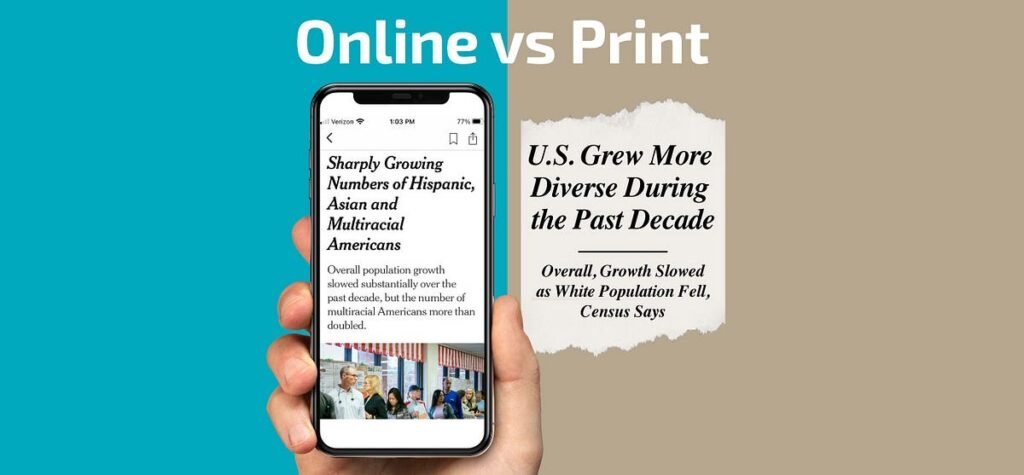
c) Alternative Narratives
Highlight blogs, independent journalists, activists sharing dissenting perspectives. Include quotes like:
“It’s like they’re only telling the good part,” says a local organizer.
“We’re the collateral damage that doesn’t make the evening news.”
4. Accountability and Transparency (≈800 words)
a) Who Should Be Held Accountable?
Weave together threads: government officials, corporate boards, regulators, or media gatekeepers. Who has influence and avoided scrutiny?
b) Roadblocks to Justice
Expose legal or political barriers preventing deeper inquiry—state secrecy, gag orders, industry lobbying.
c) Whistleblowers & Investigators
Celebrate those risking it all: whistleblowers sharing documents, journalists directing attention. Quote them on why it mattered:
“I opted to speak up because silence meant consent,” says an insider.
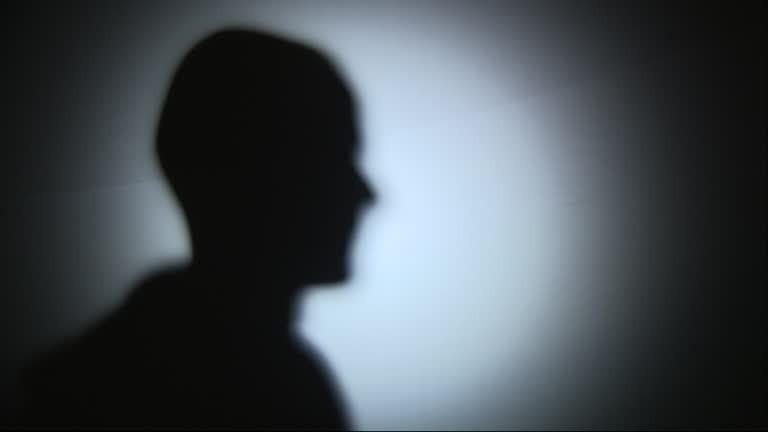
5. What Can Be Done
a) Policy & Structural Reforms
Lay out pragmatic suggestions: stronger FOIA laws, environmental safeguards, worker protections, media transparency standards.
b) Community Power
Show how resilience and activism fuel change: protests, legal action, crowdfunding reparations, pressuring decision-makers.
c) How You Can Help
A direct call to readers:
- Support independent journalism newsletters.
- Donate to relevant NGOs.
- Attend town halls, tweet local reps, petition.

Conclusion & Reflection
Sum up the broader truths: This isn’t just about [Event], it’s about how we receive information, who gets overlooked, and what we do next. Encourage thoughtful engagement: “Next time you scroll past a headline, look deeper, ask harder questions.”
Image 7: Thought-provoking final image—e.g., hands joined across water or people reading newspapers with digital devices behind
Caption: Beyond the headlines, humans remain at the center of the story.
